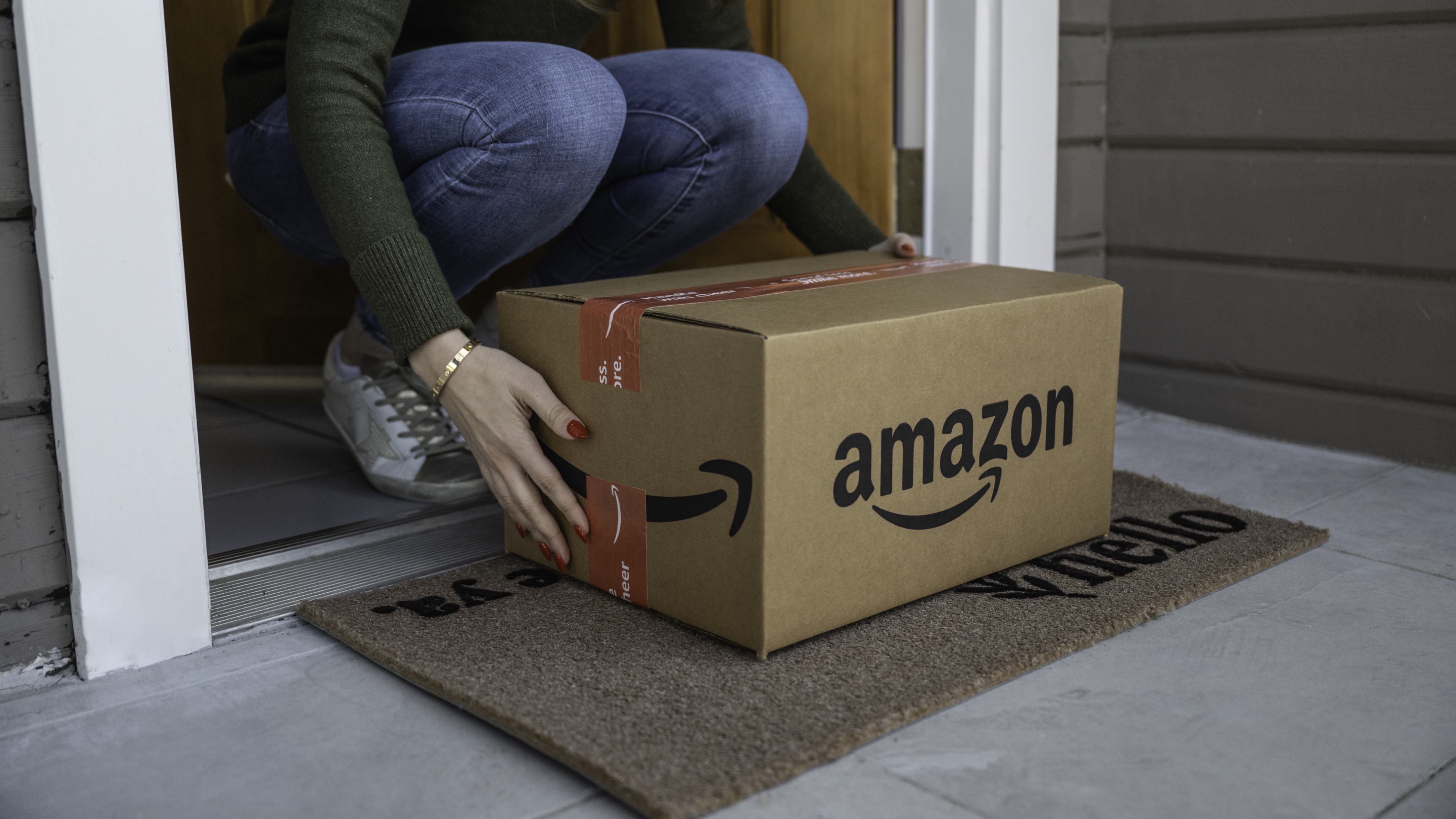After the launch of ChatGPT last November, retailers are evaluating how they can take advantage of the latest developments in generative AI. Alexandra Leonards, News Editor, explores the ways in which brands are already using the technology and how it’s likely to be harnessed by the industry in the not-too-distant future.
OpenAI's ChatGPT made waves following its launch in November last year, prompting organisations in all sectors to consider the ways that the tech will impact their business, and retail is no different.
In the months since and with the rollout of alternative generative artificial intelligence platforms like Google’s Bard, retailers have started to explore how recent advancements in generative AI could be utilised in the context of their retail ecosystems from the online customer experience to warehouse management.
Retail Systems spoke to retail industry decision makers to understand how brands are using generative AI and the ways they are likely to use it in the future, looking at several areas experts predict will be heavily impacted by the onboarding of the technology.
The British Retail Consortium (BRC) says that while the technology has already had a transformative impact on the retail industry through personalised and immersive experiences like virtual try-on platforms and automated content generation, it will only continue to drive far-reaching changes in the market as it develops further.
“The future holds immense promise as generative AI continues to evolve, driving innovative products and customer experiences and enhancing operational efficiency,” says Kris Hamer, director of insight at the BRC. “By harnessing generative AI on their digital transformation journey, retailers can optimise processes, reduce waste, and support their transition to a net-zero future while offering customers even greater value.”
While there is little doubt that generative AI will affect the retail space as it becomes increasingly sophisticated, retailers are still in the early stages of understanding how its more advanced versions can be used commercially and to meet further business needs.
“Examples we’ve seen discussed in the industry so far consist of retailers supporting content writing teams and creating an uber-sophisticated search functionality on their website,” says Robyn Duffy, consumer markets senior analyst at consulting firm RSM UK. “In the not-too-distant future, the search function will be able to interact with consumers to understand more about their profiles and purchasing requirements, size, height, age and reason for purchase.”
The technology will then be able to create product options based not only on what the AI programme learned during the customer interaction, explains Duffy, but also by scraping the internet for relevant data.
Product recommendations and descriptions
Product recommendations created by generative AI is a feature already being explored by several companies in the e-commerce space.
Buy Now, Pay Later giant Klarna, for example, says it was the first European company and the first FinTech in the world to collaborate with OpenAI on a plug-in for ChatGPT, which it launched in March.
“The integrated plug-in delivers a highly personalised and intuitive shopping experience by providing curated product recommendations to users who ask the platform for shopping advice and inspiration, along with links to shop those products via Klarna’s search and compare tool,” says Klarna.
Users can search for a certain product or theme and the AI programme will return with a selection of ideas. They can also send feedback directly to ChatGPT if the ideas don’t meet their expectations, with the platform sending over new recommendations in their place.
Shopify also recently launched its own generative AI model designed to address the millions of retailers using its online platform that currently don’t have descriptions for their product catalogue. The company says that ‘Shopify Magic’, which it describes as a “built-in wordsmith”, can create product descriptions with a consistent tone across a retailer’s portfolio “in seconds”.
In-store personal shopper
The technology certainly won’t remain an online-only tool, with some predicting that it could be used to transform how consumers navigate physical stores as well as their online counterparts.
Diarmuid Gill, chief technology officer (CTO) at digital retail ad company Criteo, predicts that consumers will likely be able to ask AI systems to find certain items within the store and provide iterated results based on customer feedback.
“For example, if the consumer queries a supermarket’s AI about a recipe for Sunday dinner, then the AI can assume the role of a ‘personal shopper’, searching the product catalogue for the best-fit items,” explains Gill.
“Another example would be leveraging ‘text to visual’ AI, which enables consumers to describe what they’re looking for, with AI creating the visual and iterating it based on the customers’ feedback.”
Reducing carbon footprint and waste
Some experts say that generative AI could even be used to reduce the carbon footprint of a retailer’s business by minimising overproduction, for example in the customer returns cycle.
“Through a combination of generative AI and augmented reality, consumers will be able to virtually try on clothing, minimising the volume of returns from online purchases,” says Robyn Duffy, RSM UK. “This, combined with predictive AI – which has the power to scrape websites and social media platforms to anticipate demand – means artificial intelligence will have a positive impact on addressing the issue of overproduction in the industry.”
However, when asked whether the technology can help retailers meet their net-zero targets, Criteo CTO Diarmuid Gill says that the answer is more complicated than a simple yes or no.
When it comes to advertising, he explains, AI can improve efficiency and in theory make ads more sustainable by ranking the performance of ads across images, videos, and text, thus only creating new ads that meet a retailer’s KPIs.
“However, what makes this form of AI pricier than conventional search is the computing power involved,” adds Gill. “Such AI depends on billions of dollars of chips, a cost that has to be spread out over their useful life of several years.”
Ultimately, every technology uses energy, meaning that rolling out generative AI could also add cost and pressure to companies trying to meet their carbon-footprint goals.
Revolutionising the supply chain
Supply chain management will be an area where generative AI will have a particularly marked impact, says RSM’s Robyn Duffy. When combined with other technology like RFID for inventory tracking, generative AI might become a powerful tool for functions where the primary aim is getting product to market, she explains.
“Imagine a colleague who identifies in real-time the moment when a bottleneck occurs in the supply chain,” continues Duffy. “Not only this, but one who also supplies a range of solutions to resolve the issue there and then, for example, like alternative freight options and their relative costs. Generative AI can be that colleague.”
The Netflix Effect
Criteo is using generative AI to enable retailers to use data gathered from their target markets to provide predictive modelling. The company says the technology can be used to generate “entirely novel”, commercially viable product concepts that are based on specific parameters set by the user.
With access to 2.5 billion unique identities, its AI lab team can build consumer profiles based on shopping habits and interactions.
“Just as Netflix develops and launches new programmes based on user data, brands in the apparel, home furnishings and jewellery industries will soon predict future sales and launch new product lines that match their target market,” explains Diarmuid Gill, CTO, Criteo.
Marketing and customer experience
Coca-Cola recently launched what it described as a “first-of-its-kind” AI platform that generates original artwork using images from its archives. The technology, built exclusively for the multinational beverage manufacturer by OpenAI and Bain & Company, uses both GPT-4 – which products human-like text from search engine queries – and DALL-E, which products images based on text.
The company launched a competition earlier this year that allowed consumers to use the platform to create original artwork with branded images and logos from its archive.
As part of the contest, those taking part could download and submit their work for the opportunity to be featured on Coke’s digital billboards in New York’s Time Square and London’s Piccadilly Circus.
Generative AI-based digital experiences such as Coca-Cola’s could continue to grow as a method for retailers, with the brand saying that the technology has enabled it to improve its marketing practices as well as created opportunities to boost its overall business operations in the future.
Over the months and years ahead, retailers will continue to take advantage of the plethora of opportunities generative AI can bring to address some of their common pain points, from supply chain disruption to climate change, and create new and improved experiences for their customers. But while the technology will create more opportunities for business owners and their customers, it remains to be seen just how much this surge towards automation will impact the retail workforce
Beyond Channels: Redefining retail with Unified Commerce
This Retail Systems fireside chat with Nikki Baird, Vice President, Strategy & Product at Aptos will explore how unified commerce strategies enable retailers to tear down these barriers and unlock new levels of operational agility and customer satisfaction.
The future of self-checkout: Building a system that works for consumers and retailers
In this webinar, industry leaders discussed what the future of self-checkout looks like and how retailers can make the technology work for everyone.
© 2024 Perspective Publishing Privacy & Cookies










Recent Stories